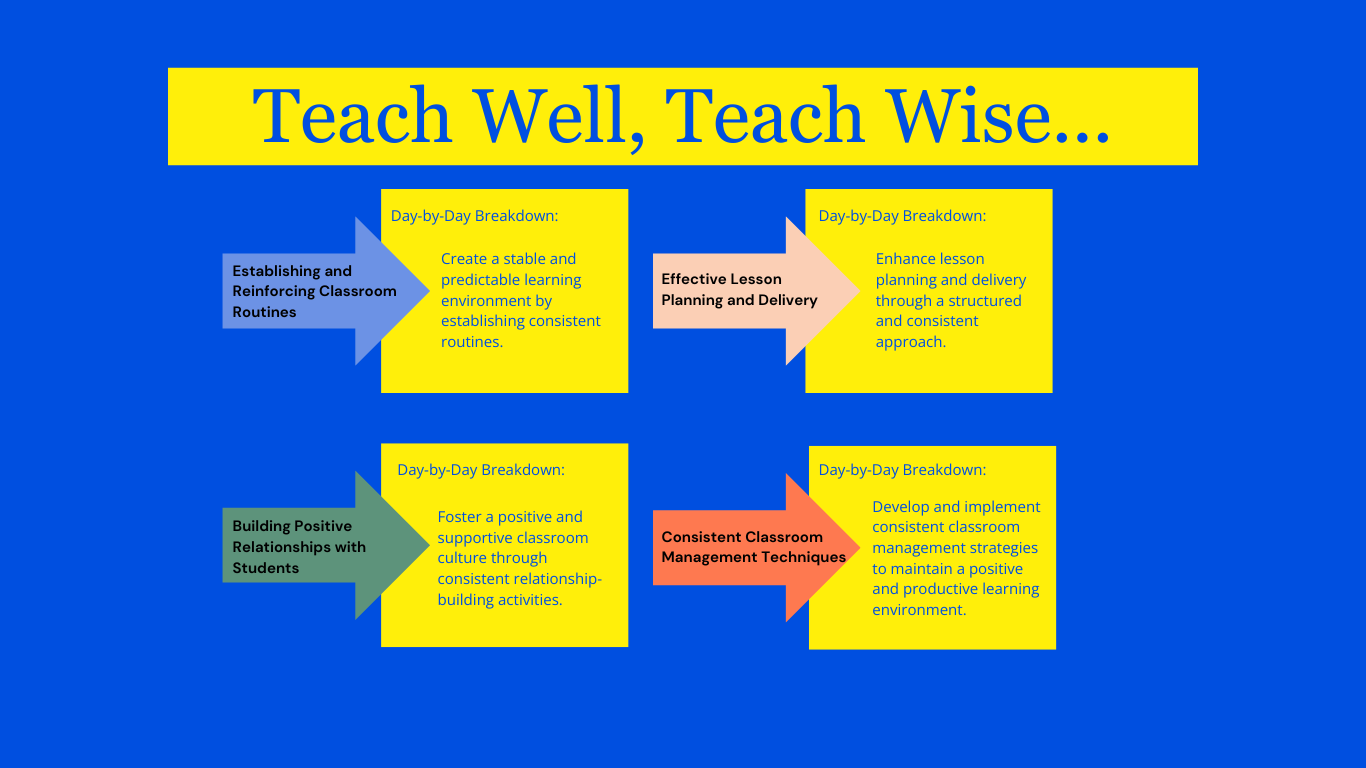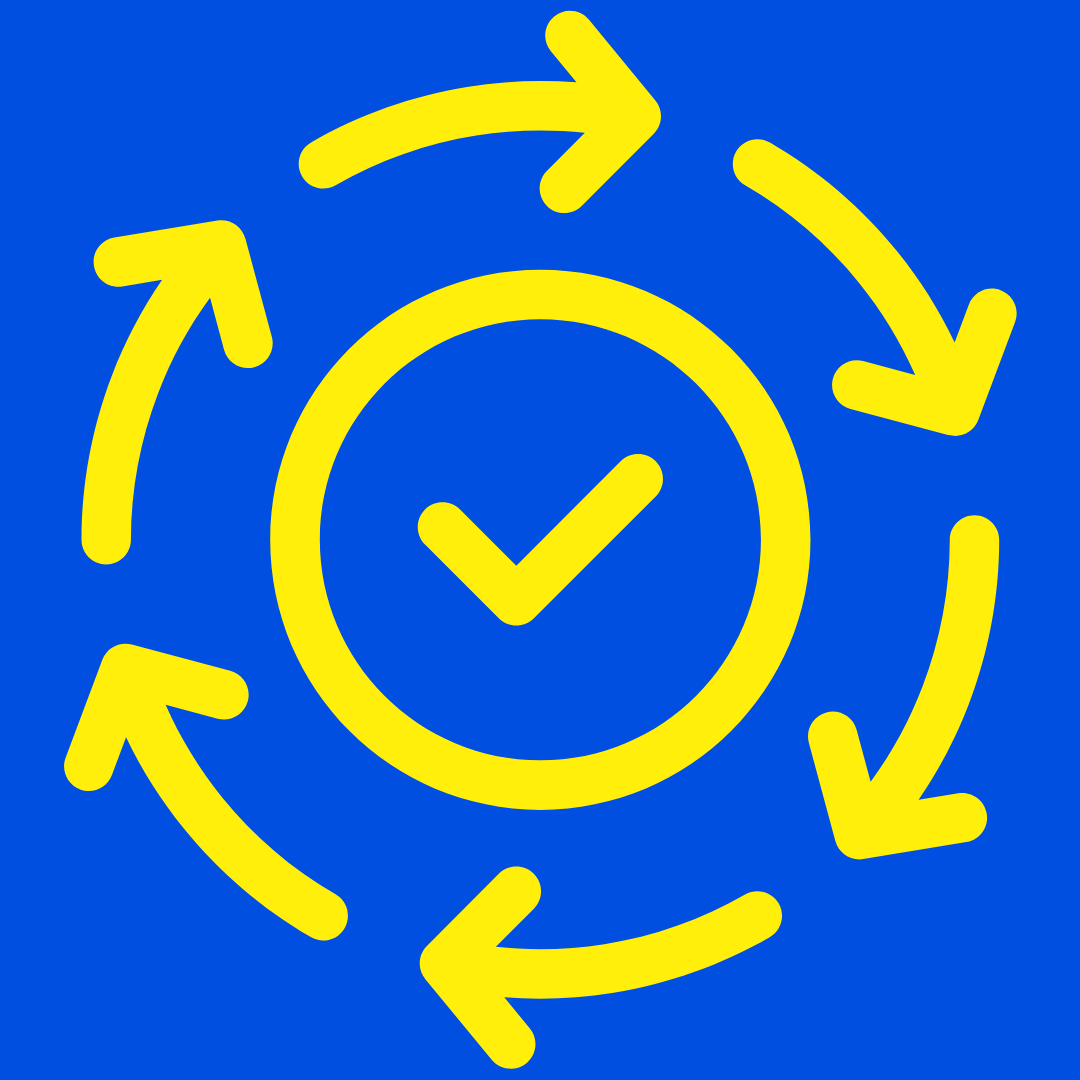
The EduWriter Nerd!
Again, thank you so much for being here!
I'm a seasoned educator with 34 years of experience and 18 of those years as a building leader. After retiring, I felt compelled to return to education to mentor teachers struggling with burnout and the overwhelming demands of being a classroom teacher. My focus has been providing support and creative solutions to helping teachers improve classroom management, establish effective routines, and developing systems that work to enhance student achievement. Through my personalized coaching program "Teach Well, Teach Wise: A 30-Day Consistency Blueprint for Effective Teaching", you will regain control of your classroom, while reigniting your passion for teaching.

Three Benefits of Joining the Program
1. Effective Classroom Systems: Implement proven systems into your daily activities, ensuring your classroom operates seamlessly, reduces disruptions and minimize distractions.
2. Consistent Routines and Expectations: Establish clear routines and expectations that enhance student engagement, academic performance, while creating a stable and productive learning environment.
3. Sustainable Standards: Adopt practices that'll help you maintain high standards without burning out and learning strategies to uphold classroom standards to ignite your passion for teaching.

Days 1-5: Introduce Routines and Follow-Through
✔ Begin with simple, essential routines like entering the classroom, starting the day, transitioning between activities, and ending the day.
✔ Explain each routine clearly, demonstrate them, and practice with the students.
✔ Use visual aids and posters to remind students of these routines.
Days 11-20: Consistent Monitoring and Feedback (Consider 1:1 Coaching)
✔ Monitor adherence to routines closely. Provide immediate feedback to correct deviations.
✔ Implement a reward system for consistent adherence to routines.
✔ Rewards can be as simple as verbal praise or a sticker chart. Or, calling parents to share the news!
Outcome:
When you implement effective routines and systems, you create a structured, engaging learning environment. This not only boosts student success but also significantly reduces your risk of burnout. Ultimately, both you and your students thrive, leading to a more productive and fulfilling educational experience for everyone.
Days 6-10: Reinforce and Practice Routines
✔ Continue to practice the routines daily. Reinforce them through repetition and positive reinforcement.
✔ Acknowledge students who follow the routines correctly to encourage others.
Days 21-30: Reflect and Adjust (Consider 1:1 Coaching)
✔ Reflect on the effectiveness of each routine. Involve students in discussions about what’s working and what needs improvement.
✔ Make necessary adjustments based on feedback. Or, what you know what's best for your students and your classroom.
✔ Ensure the routines are sustainable and beneficial for both teaching and learning.
By the end of 30 days, students will be familiar with the routines, resulting in smoother transitions, more time on task, and a more organized classroom environment.

Standards
Classroom standards are the backbone of our learning environment, defining what we expect in terms of behavior, academic performance, and how we interact with each other. These guidelines help us maintain order, promote respect, and create a culture where accountability and mutual support thrive. By setting clear standards, we establish a structured and predictable atmosphere, making it easier for everyone to focus, learn, and excel. These standards also help each of us understand our boundaries and expectations, encouraging us to take responsibility for our actions and contribute positively to our classroom community.

Expectations
Expectations in our classroom set the tone for how we learn and interact. They outline what we should aim for in our behavior, academic efforts, and how we treat one another. When we know what's expected, it creates a clear path for us to follow, helping us stay focused and motivated. These expectations encourage us to strive for our best, take responsibility for our actions, and support each other in our learning journey. By meeting these expectations, we contribute to a positive and productive classroom environment where everyone can succeed.

Consistency
Consistency in the classroom is key to creating a stable and effective learning environment. When we consistently follow routines and systems, it helps us know what to expect each day, reducing uncertainty and distractions. Consistency allows us to focus better, participate more actively, and achieve our academic goals and to feel better about the overwhelming demands of the classroom. Consistent practices also build trust and respect, as we understand that everyone is held to the same standards. By maintaining consistency, we contribute to a cohesive and supportive classroom where learning can flourish.

Finding it tough to build effective systems and routines in your classroom?
You're not alone.
'Teach Well, Teach Wise: A 30-Day Consistency Blueprint for Effective Teaching' offers practical strategies, and my 1:1 coaching sessions provide personalized support to help you stay consistent. Book a call now and transform your classroom today!

